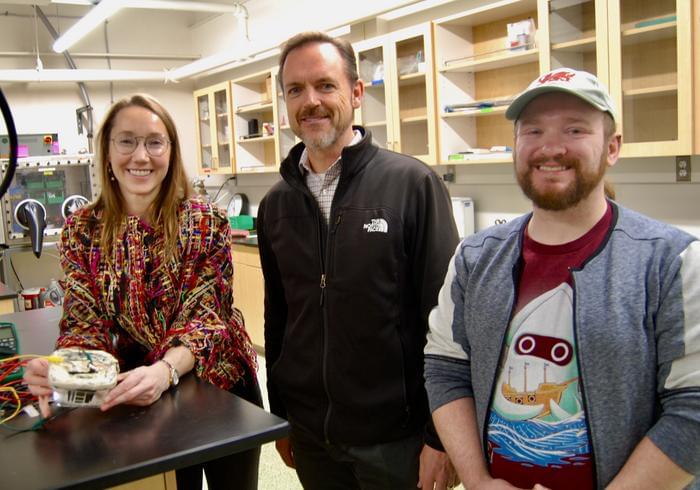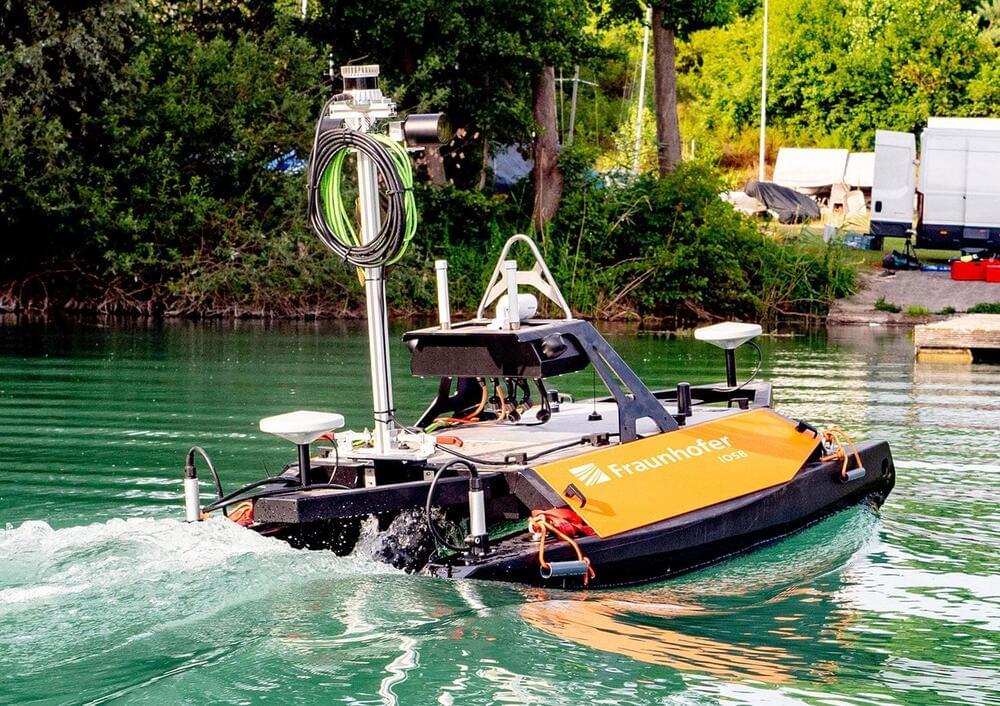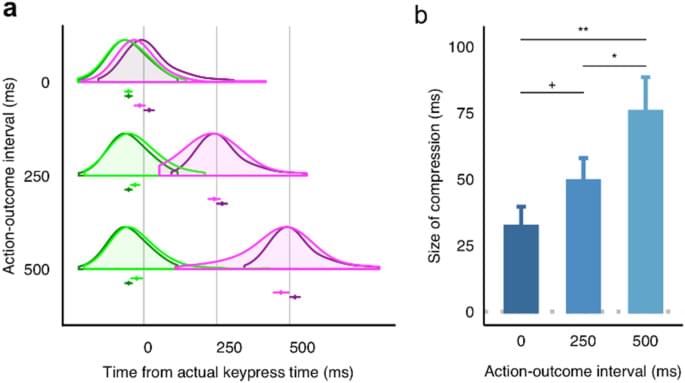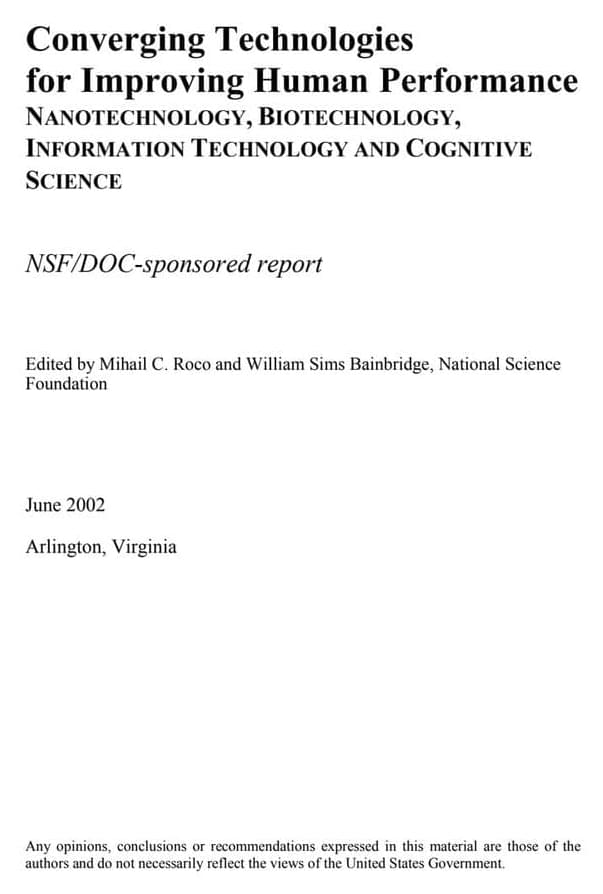Doctors in New York have performed the world’s first successful face and double hand transplant. Joe DiMeo, 22, underwent the 23-hour surgery, performed by a…
Get the latest international news and world events from around the world.

Revolutionizing IoT Power: The Pyroelectrochemical Cell Solution
Can you wirelessly power wireless devices, thus improving and advancing the technology known an “Internet of Things” (IoT)? This is what a recent study published in Energy & Environmental Science hopes to address as a team of researchers from the University of Utah investigated how pyroelectrochemical cell (PECs) could be used to self-charge IoT devices through changes in immediate surrounding temperature, also known as ambient temperature. This study holds the potential to help a myriad of industries, including agriculture and machinery, by allowing IoT devices to charge without the need for electrical outlets.
“We’re talking very low levels of energy harvesting, but the ability to have sensors that can be distributed and not need to be recharged in the field is the main advantage,” said Dr. Roseanne Warren, who is an associate professor in the Mechanical Engineering Department at the University of Utah and a co-author on the study. “We explored the basic physics of it and found that it could generate a charge with an increase in temperature or a decrease in temperature.”


Mechanisms of melanoma aggressiveness with age
The extracellular matrix is an essential component of the tumor microenvironment and affects cancer progression. Weeraratna and colleagues have now uncovered that age-related reductions in the level of hyaluronan and proteoglycan link protein 1 (HAPLN1) stimulate neoangiogenesis and compromise the vascular integrity of intratumoral blood vessels. These biological modifications converge to fuel distant melanoma metastasis.

Transplant ready: Formula saves 2-year-old from chronic kidney disease
The child required a specific nutrient blend to optimize health and reduce kidney strain.
Prescription drugs helped a toddler born with a rare and chronic kidney disease receive a kidney transplant and escape the net of repeated dialysis sessions, all due to the efforts of his mother and the team of doctors.
The toddler, Dinero Motton, had been diagnosed with a lower urinary tract obstruction and enlarged bladder when he was still in his mother’s womb.

Discovery of Unusual Worm With Mammal-Like Vision Stuns Scientists
Researchers from the University of Copenhagen and Lund University are amazed by the discovery of a bristle worm that possesses eyesight as acute as that of mammals. They suspect that they may have a secretive language, only seen by their own species.
The Vanadis bristle worm has eyes as big as millstones – relatively speaking. Indeed, if our eyes were proportionally as big as the ones of this Mediterranean marine worm, we would need a big sturdy wheelbarrow and brawny arms to lug around the extra 100kg.
As a set, the worm’s eyes weigh about twenty times as much as the rest of the animal’s head and seem grotesquely out of place on this tiny and transparent marine critter. As if two giant, shiny red balloons have been strapped to its body.

Autonomous watercraft for underwater and surface mapping of rivers, lakes
Fraunhofer researchers developed an easy-to-operate, unmanned watercraft that autonomously surveys bodies of water both above and below the surface and produces corresponding 3D maps.
The unmanned watercraft uses its GPS, acceleration and angular rate sensors, and a Doppler velocity log (DVL) sensor to incrementally feel its way along the bottom of the body of water. In combination with mapping software, laser scanners, and cameras enable the device to reconstruct high-precision 3D models of the surroundings above water. A multi-beam sonar integrated into the sensor system is used for underwater mapping and creating a complete 3D model of the bed.
“Our navigation system is semi-automatic in that the user only needs to specify the area to be mapped. The surveying process itself is fully automatic, and data evaluation is carried out with just a few clicks of the mouse. We developed the software modules required for the mapping and autonomous piloting,” explains Dr. Janko Petereit, a scientist at Fraunhofer IOSB.
During the journey, it autonomously avoids obstacles detected by the laser scanner and sonar and generates a 3D model in real time for navigation purposes, including dynamic objects such as moving vessels.

Evaluating the Bayesian causal inference model of intentional binding through computational modeling
Tanaka, T. Evaluating the Bayesian causal inference model of intentional binding through computational modeling. Sci Rep 14, 2,979 (2024). https://doi.org/10.1038/s41598-024-53071-7

Editorial: Nanotechnologies in Neuroscience and Neuroengineering
2 Department of Neurobiology, Duke University, Durham, NC, United States.
3Center for Bioelectric Interfaces of the Institute for Cognitive Neuroscience, National Research University Higher School of Economics, Moscow, Russia.
4Department of Information and Internet Technologies of Digital Health Institute, I.M. Sechenov First Moscow State Medical University, Moscow, Russia.
